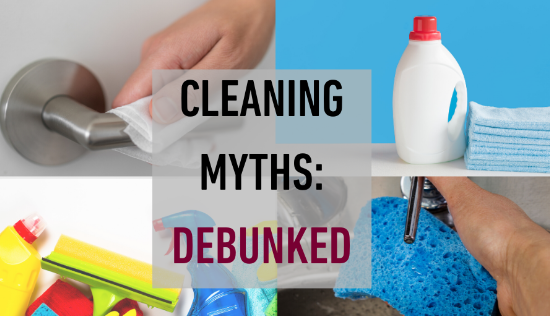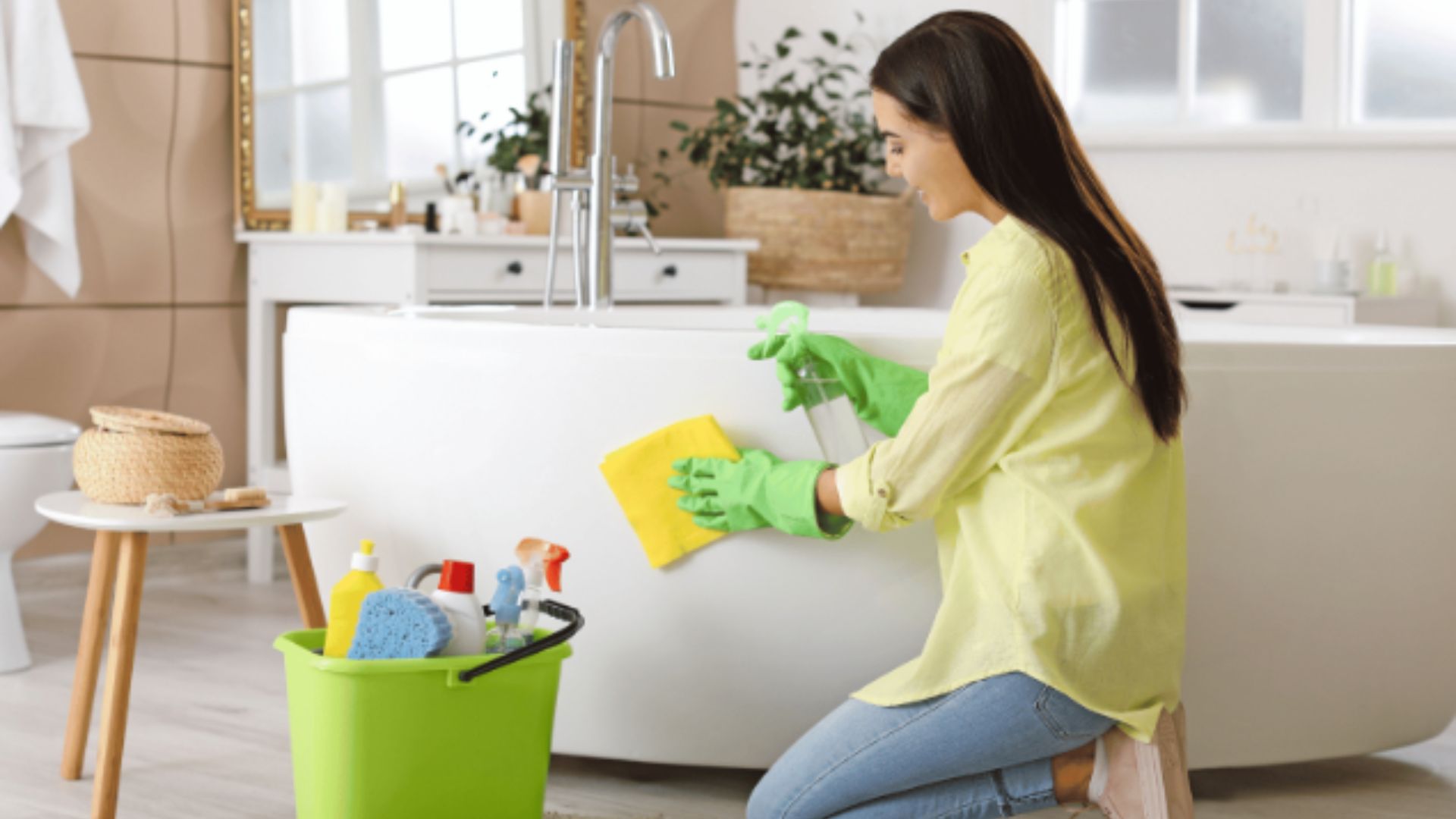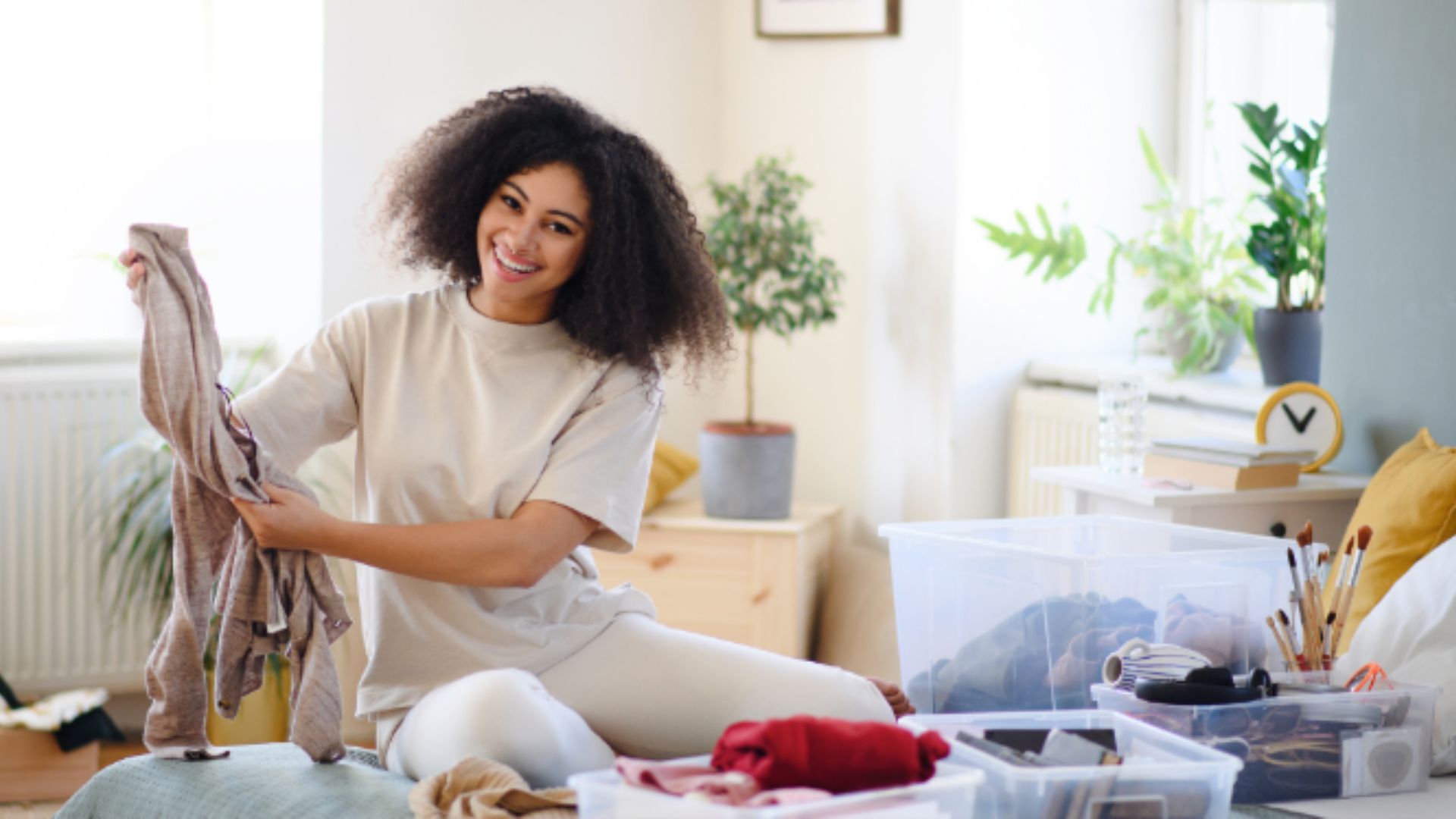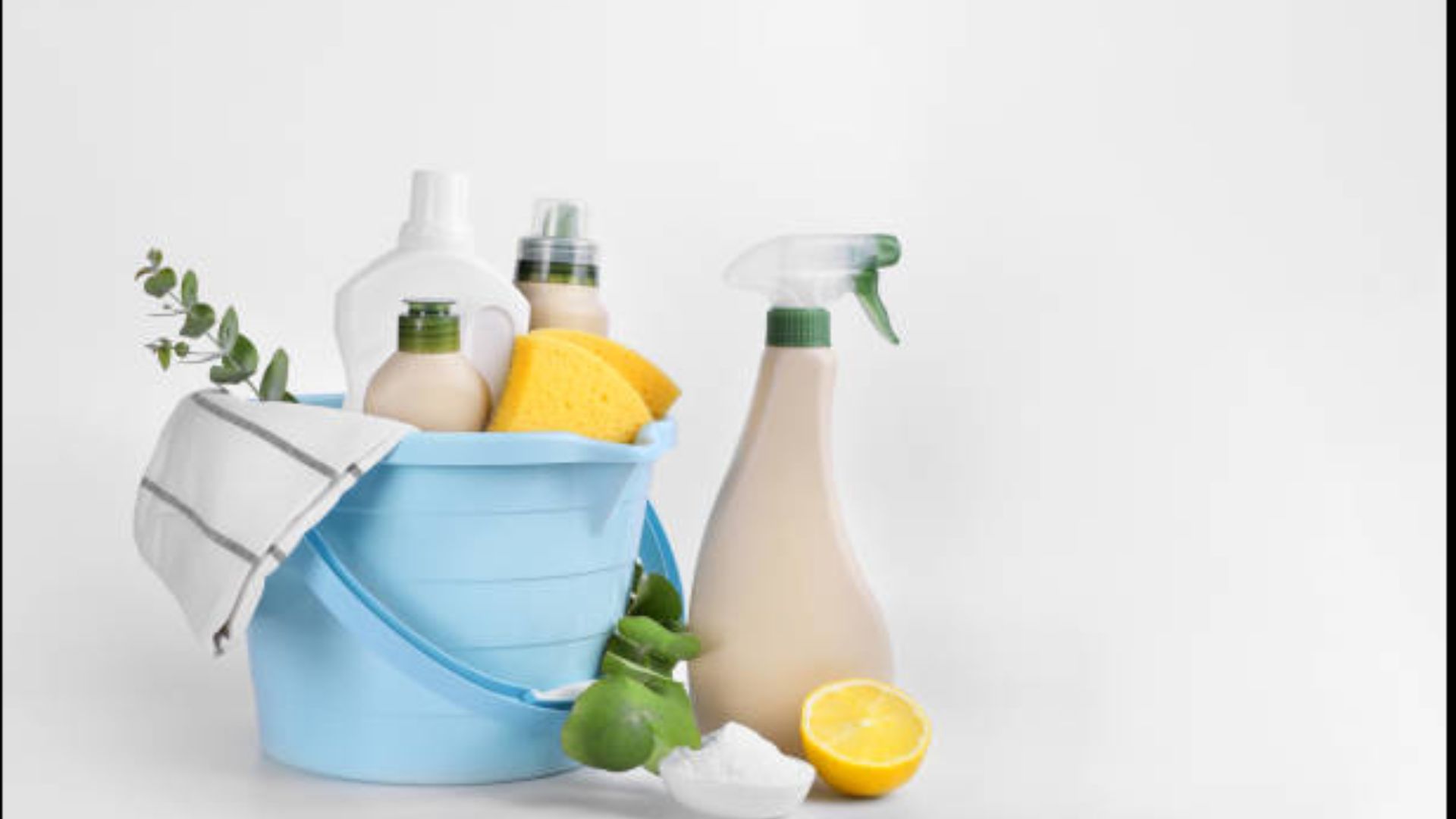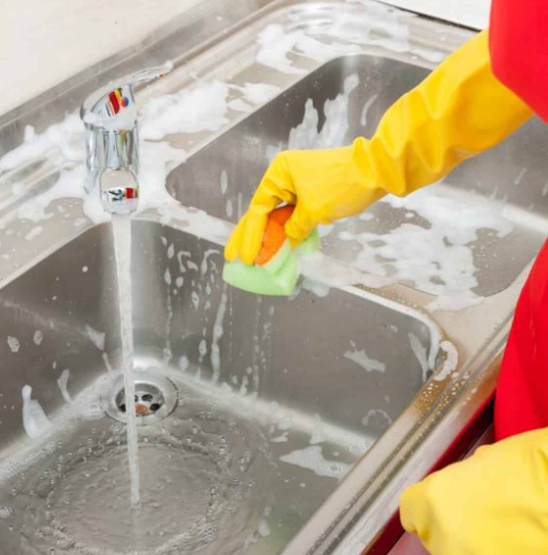In the ongoing battle against invisible invaders, the need to eliminate bacteria in your home has never been more crucial. Bacteria can lurk on surfaces, in the air, and even within our bodies, posing a potential threat to our health and well-being. However, fear not, for in this article, we will explore the best strategies to combat these microbial foes effectively. From daily cleaning routines to advanced technologies, we will navigate through the most efficient methods to ensure your home is a haven of cleanliness and safety. Hence effective ways to eliminate household bacteria.
Hand Hygiene: Your First Line of Defense
Handwashing, a simple yet powerful habit, remains the most effective way to prevent the spread of bacteria within your home. By washing your hands with soap and water for at least 20 seconds, you can eliminate harmful bacteria that may be transferred from various surfaces or objects. Make handwashing a part of your daily routine, especially before eating, after using the restroom, and upon returning home from public places.
Surface Disinfection: Keep Hotspots in Check
Household surfaces, especially those frequently touched, can become breeding grounds for bacteria. High-touch areas such as doorknobs, light switches, and countertops demand regular disinfection. Use disinfectants containing at least 70% alcohol or household cleaners recommended for the specific surface. Regularly disinfecting these surfaces disrupts the bacterial lifecycle, reducing the risk of infection.
Proper Food Handling: Safeguard Your Kitchen
The kitchen is often considered the heart of the home, but it can also be a hotbed of bacterial activity. Practicing proper food handling and hygiene is paramount in preventing foodborne illnesses. Wash your hands before cooking or eating, separate raw and cooked foods, cook meat thoroughly, and refrigerate perishables promptly. These practices minimize the chances of bacteria multiplying in your food and causing illnesses.
Ventilation: Let Fresh Air In
Proper ventilation plays a crucial role in maintaining indoor air quality. Opening windows and doors allows fresh air to circulate, reducing the concentration of airborne bacteria. Ventilation also helps in controlling humidity levels, which can impact bacterial growth. In humid environments, consider using dehumidifiers to keep moisture at bay and create an inhospitable environment for bacteria.
Regular Laundry: Clean and Disinfect Fabrics
Clothing, towels, and bedding can harbor bacteria if not cleaned regularly. Use hot water and an appropriate detergent when laundering these items. Consider adding disinfectant products to your laundry routine to ensure the elimination of bacteria. Don’t forget to clean and disinfect frequently used laundry machines like washing machines and dryers as well.
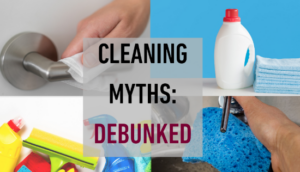
Use of Antibacterial Products: A Controversial Choice
The use of antibacterial products, such as soaps and wipes, has gained popularity in recent years. While they may seem like a convenient way to combat bacteria, their overuse can lead to antibiotic resistance and disrupt the balance of beneficial bacteria in our environment. It’s advisable to use antibacterial products sparingly and only when necessary, opting for regular soap and water in most situations.
UV-C Technology: A High-Tech Ally
Ultraviolet-C (UV-C) technology has gained recognition as an effective means of killing bacteria and other microorganisms. UV-C light is capable of destroying the DNA of bacteria, rendering them unable to replicate or cause harm. UV-C devices, such as portable sterilizers or UV-C lamps, can be used to disinfect surfaces, electronic devices, and even the air within a room. However, it’s essential to follow safety guidelines and avoid direct exposure to UV-C light.
Regular Pest Control: Keep Unwanted Guests Out
Pests such as rodents and insects can introduce harmful bacteria into your home. Regular pest control measures, such as sealing entry points and using traps or repellents, can help keep these unwanted guests at bay. By preventing infestations, you reduce the risk of bacteria being carried into your living spaces.
Conclusion
In the ongoing quest to eliminate household bacteria in your home, adopting a multi-pronged approach is key. Start with the basics: hand hygiene, surface disinfection, and proper food handling. Ventilate your home to ensure fresh air circulation, and pay attention to laundry and fabric care. While antibacterial products have their place, use them judiciously. Embrace UV-C technology for advanced disinfection when needed, and don’t forget the importance of maintaining a healthy microbiome.







